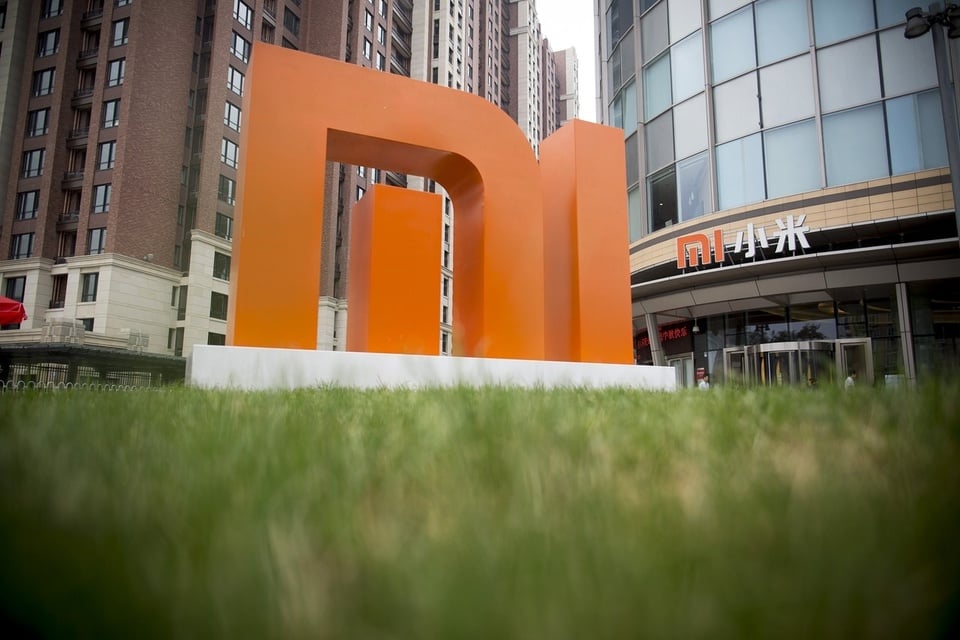 |
Xiaomi shifts to home appliances, becoming a rival to its longtime ally. Photo: Bloomberg . |
At the 2024 shareholders' meeting, Xiaomi's announcement shocked the entire Chinese technology industry. Chairman Lu Weibing set a goal of becoming the top mobile phone maker in the next 3 years and among the top 5 car manufacturers in 10 years. However, what surprised him was his ambition to be the third-ranked electronics maker.
Immediately responding in an interview, Phuong Hong Ba, head of Midea, asked: "Midea, Haier, Gree, who do you want to destroy?".
Xiaomi is a new player in the industry. However, they have become a threat to the Chinese electronics giants. The wall built by the “Big 3” (Midea, Haier, Gree) shows signs of cracking under the attack of this rival.
From friend to enemy
In 2014, Midea and Xiaomi were tied together in a two-way capital agreement, part of a partnership between the Chinese electronics giant and the upstart mobile phone company. However, the partnership did not last long. Signs of a rift began in 2019, when Xiaomi launched a home appliance division to expand its ecosystem. This was like a stab in the back for an ally.
In the following years, Xiaomi suddenly disappeared from Midea's shareholder list. On the other hand, the electronics company quietly sold off its shares in its partner, earning 2 billion yuan.
At the same time, Midea deployed a smarthome network and mobile application to compete with Mijia (Mi Home). However, Midea was born in the manufacturing sector, and its ability to integrate with the Internet platform was far behind Xiaomi. Unsuccessful, they returned to their strengths, mastering the supply chain, selling good products at lower prices than their competitors.
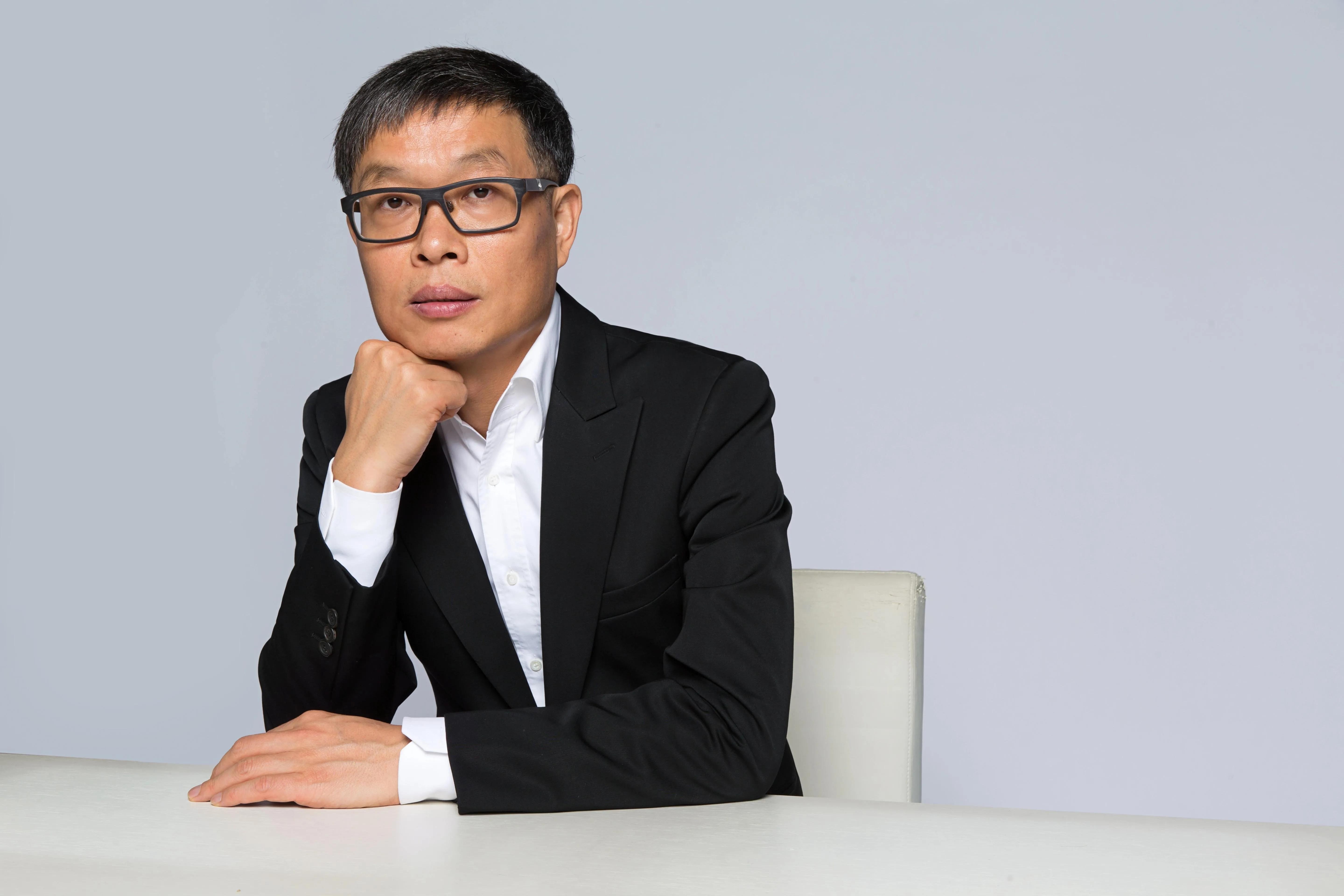 |
Phuong Hong Ba, Chairman of Midea. Photo: Midea. |
The company launched the OOLMO sub-brand and used the Toshiba label to attack the high-end market.
Meanwhile, Xiaomi still uses its strengths in the ecosystem and Mijia app. However, the company depends entirely on OEMs in production, lacking initiative.
“I don’t sit still and watch Xiaomi take over the market. Midea is going down and competing with them on price,” said Phuong Hong Ba. The company launched its “subsidiary” brand Huangling, which only sells online, to compete with Xiaomi’s air conditioners domestically.
Xiaomi, on the other hand, is targeting its rivals’ strengths. Lu Weibing said the company has opened 1,000 stores across China, which will increase to 5,000 next year. The offline locations directly target customers who are buying Midea or Haier.
The danger from Xiaomi
The Chinese electronics industry remains a “tripod” with Midea, Haier and Gree. However, Fang Hongbo’s company still holds the leading position, with a significant gap between it and the other two. If Xiaomi is in the top 3 in the industry, Midea will hardly be affected.
What is worrying is the decline of this industry in recent years. A report from Aowei Network shows that the demand for electronics in the country of a billion people has slowed down, showing signs of decline in some products.
Unlike mobile phones, where the market is constantly changing and customers change devices frequently, the home appliance sector has already been divided into its own “pieces of the pie”. Large companies limit price wars, which only harm each other. Profit margins in the industry are also relatively thin, so the range of fluctuations is not much.
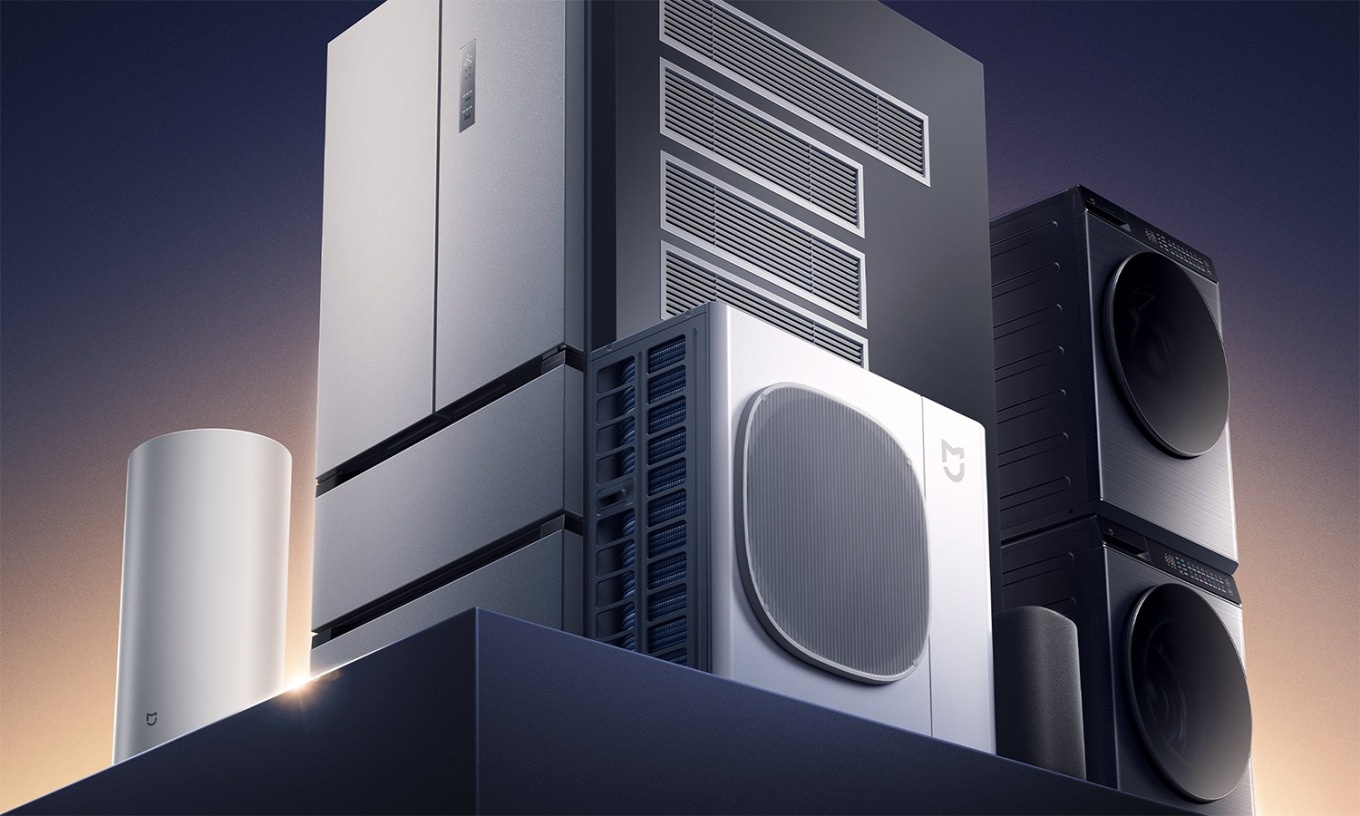 |
Xiaomi has ambitions in the large-sized home appliance segment such as washing machines and air conditioners. Photo: Xiaomi. |
“Everyone is satisfied with the current structure and accepts to live in peace ,” said the Midea boss.
Xiaomi is notable for its financial strength and ability to change the game with its ecosystem. The company is outside the established structure, a threat to the Big-3 giants. Xiaomi's ambition lies in market share and expanding its product portfolio. The company accepts low profit margins on each product sold, as has been its style for many years. In contrast, Midea wants to be defensive and maintain the existing order.
Compared to Haier, Midea only has the Toshiba brand that is doing well in the international market. However, this business segment lacks TVs because it belongs to Hisense. This company is behind Haier, Hisense, TCL in exporting, still depending on the domestic market.
Meanwhile, after its success with smartphones, Xiaomi has quickly expanded its peripherals, including large home appliances. The company will sell TVs in Vietnam from 2022 and will also sell air conditioners next year.
Source: https://znews.vn/xiaomi-hoa-thu-voi-hang-gia-dung-lon-nhat-trung-quoc-post1560328.html



![[Photo] General Secretary To Lam receives Chairman of the National People's Congress of China Zhao Leji](https://vphoto.vietnam.vn/thumb/1200x675/vietnam/resource/IMAGE/2025/8/31/5af9b8d4ba2143348afe1c7ce6b7fa04)
![[Photo] The first meeting of the Cooperation Committee between the National Assembly of Vietnam and the National People's Congress of China](https://vphoto.vietnam.vn/thumb/1200x675/vietnam/resource/IMAGE/2025/8/31/f5ed4def2e8f48e1a69b31464d355e12)
![[Photo] National Assembly Chairman Tran Thanh Man welcomes and holds talks with Chairman of the National People's Congress of China Zhao Leji](https://vphoto.vietnam.vn/thumb/1200x675/vietnam/resource/IMAGE/2025/8/31/9fa5b4d3f67d450682c03d35cabba711)

![[Photo] Marching together in the hearts of the people](https://vphoto.vietnam.vn/thumb/1200x675/vietnam/resource/IMAGE/2025/8/31/8b778f9202e54a60919734e6f1d938c3)












































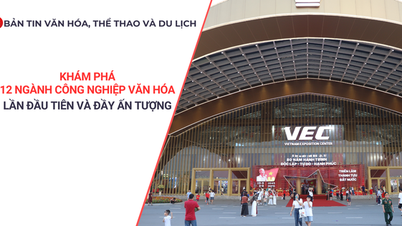





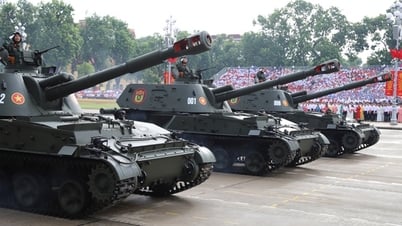






















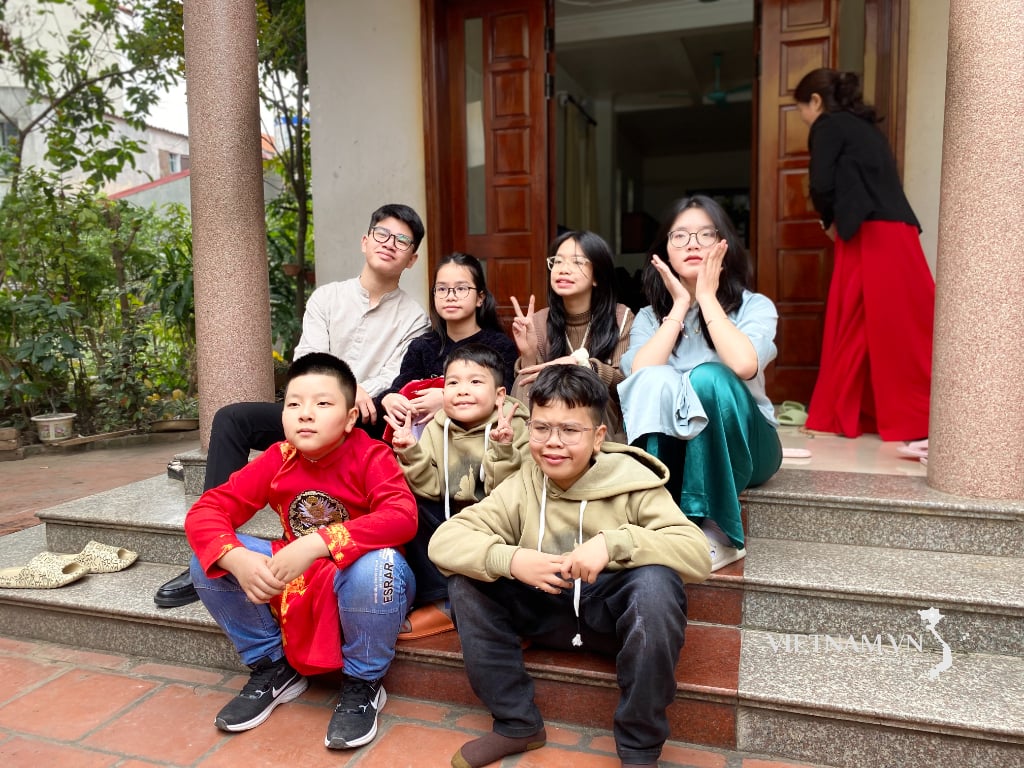

Comment (0)